Art World
We Spy a Fly! Here Are 12 Artworks With Cameos by the Insect That Played a Starring Role in the US VP Debate
We turn to art history to decode the meaning of the fly that landed on the Vice President's head.
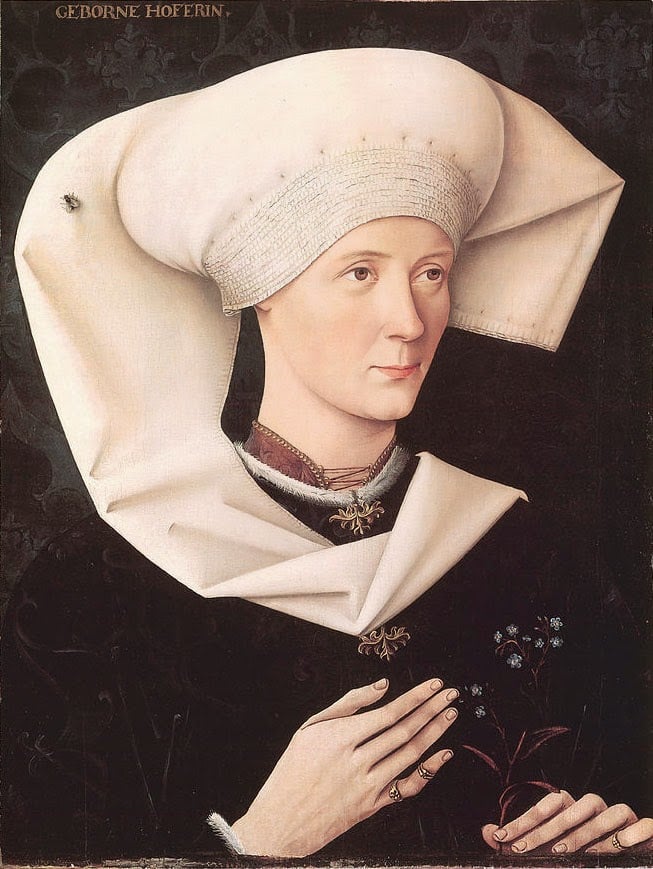
We turn to art history to decode the meaning of the fly that landed on the Vice President's head.

Katie White

Sin, death, or merely a trick of the eye: what is the art-historical symbolism of the fly?
After the pesky insect made an unexpected cameo in last night’s US Vice Presidential debate, alighting on the head of Vice President Mike Pence (and settling in for a full two minutes), social media has been abuzz with interpretations.
So, a fun art history fact! Flies are used to represent rot, wasting away, decay, death, melancholia.
A fly hovering over a church official or nobleman indicates disfavor with the king or corruption and dereliction of duty. pic.twitter.com/aLuiKFwWNI
— Jennifer Wright (@JenAshleyWright) October 8, 2020
Flies have a long history in Western art. Dating back to Medieval times, the bug’s appearance in an artwork was used to symbolize death or rot of the flesh and soul.
At the time, flies were believed to generate spontaneously out of mud, and had a strong affiliation with the Devil, or Beelzebub, who is described in the New Testament as the “lord of the flies.” In vanitas paintings, flies often appear alongside a skull, a reminder of the impermanence of the physical body and the inevitability of death. Pictured buzzing about a woman, flies indicate lustful wantonness and impropriety. And near a nobleman or clergy, the bug is thought to have implied corruption and deceitfulness.
Some art historians have argued that artists included flies less for their symbolic meaning than as a signifier of the artists’ own talents—and with good reason. Flies often appear as a playful trompe l’oeil feature in the margins of medieval manuscripts and on painting frames.
For instance, the Renaissance art historian and artist Giorgio Vasari recounted a popular story (which was likely merely legend) in which Giotto, while an apprentice of Cimabue, painted a fly on a portrait by his master, momentarily fooling Cimabue, who attempted to swat the fly away before recognizing the prank.
The significance of the fly inevitably varied from painting to painting. Below you can decide which interpretations you think fit these fly-featuring paintings from art history.
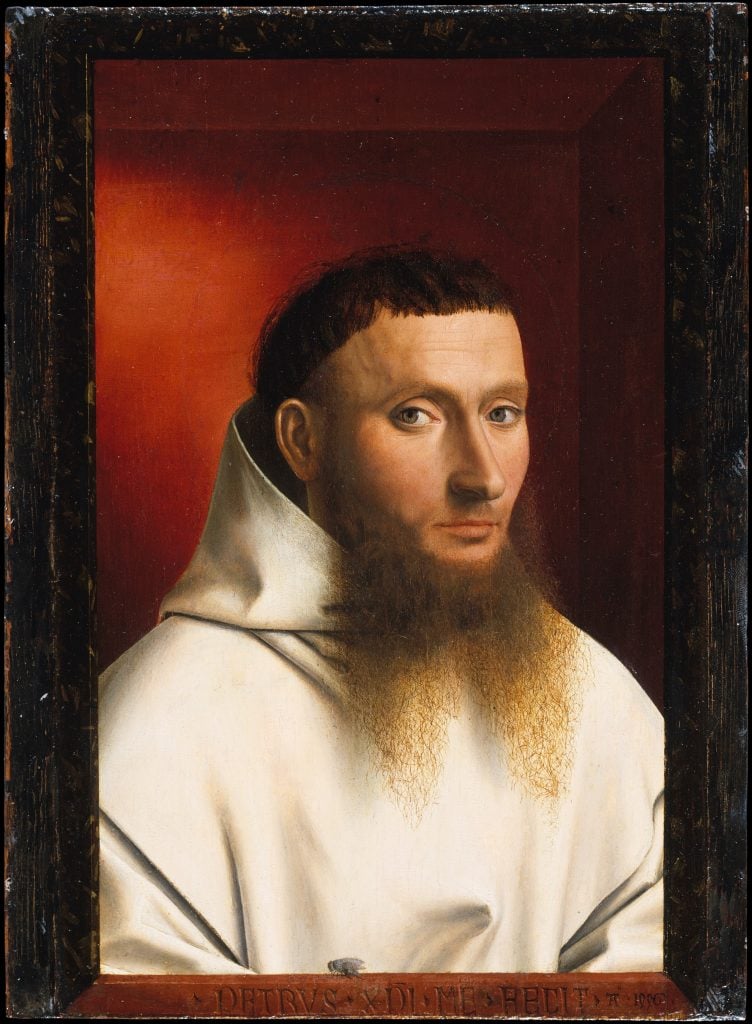
Petrus Christus, Portrait of a Carthusian (1446). Collection of the Metropolitan Museum of Art.
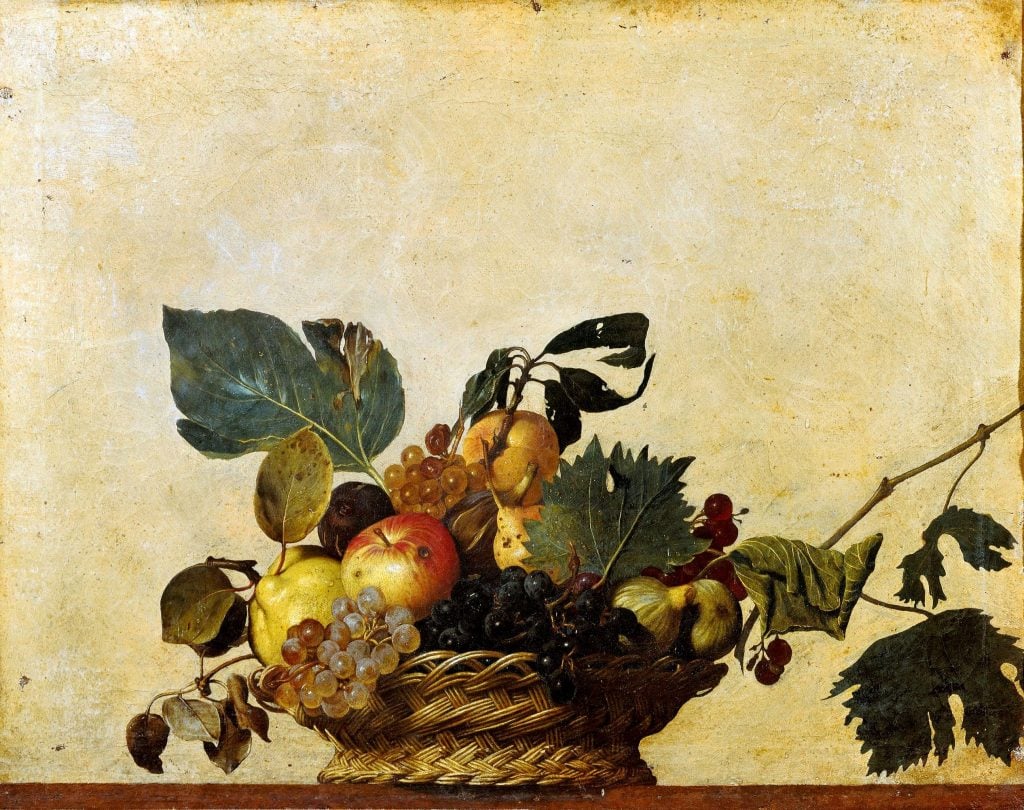
Caravaggio, Fruit Basket (circa 1599). Collection of the Biblioteca Ambrosiana, Milan.
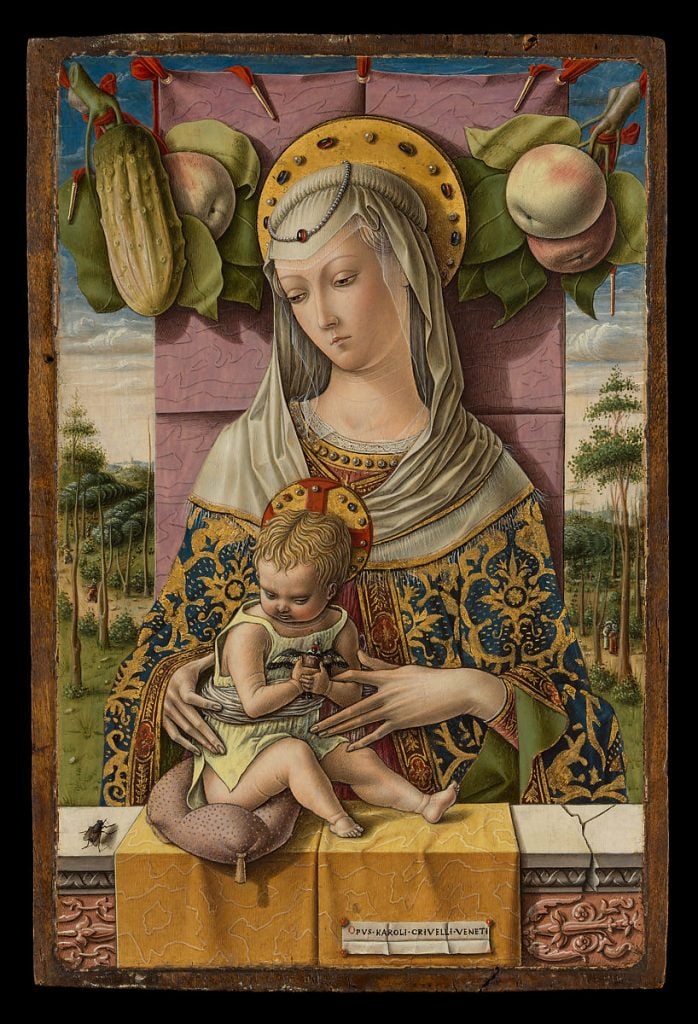
Carlo Crivelli, Madonna and Child (circa 1480). Collection of the Metropolitan Museum of Art.
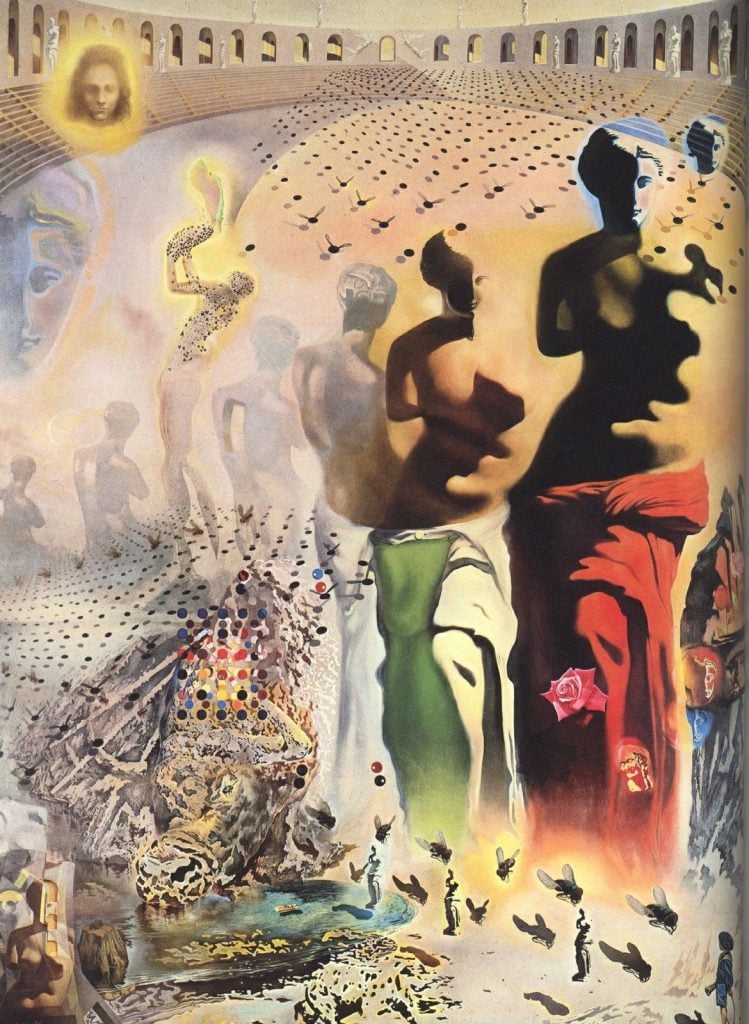
Salvador Dalí, The Hallucinogenic Toreador (1969–70). Collection of the Dalí Museum, St. Petersburg, Florida.
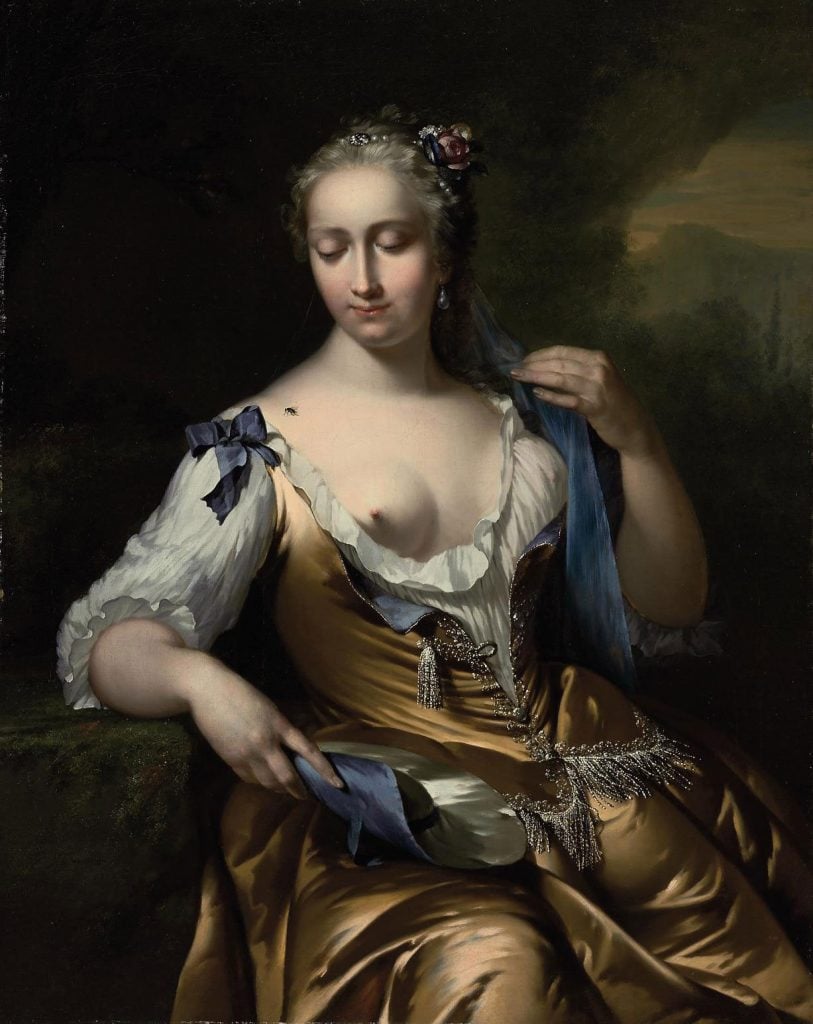
Frans van der Mijn, Lady With a Fly on her Shoulder (circa 1596).
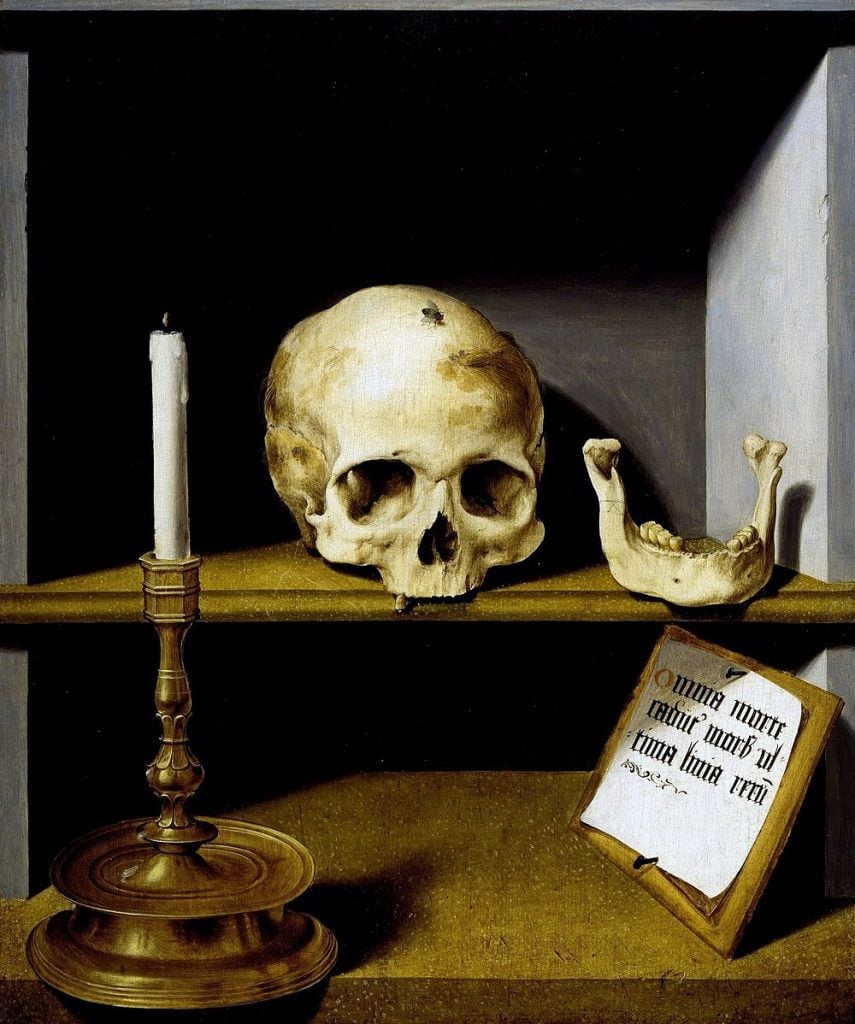
Barthel Bruyn the Elder, Vanitas (1524). Collection of the Kröller-Müller Museum.
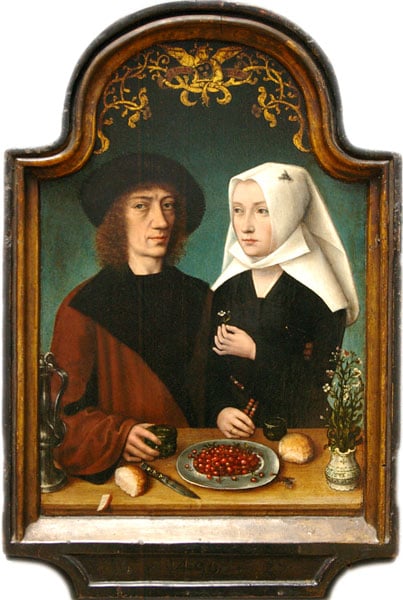
Master of Frankfurt, Self-portrait of the Artist with His Wife (1496). Collection of the Royal Museum of Fine Arts, Antwerp.

Damien Hirst, Fly Painting (1997).

Clara Peeters, Still Life with Venetian Glass, Roemer and a Candlestick (1607). Courtesy of Wikimedia Commons.
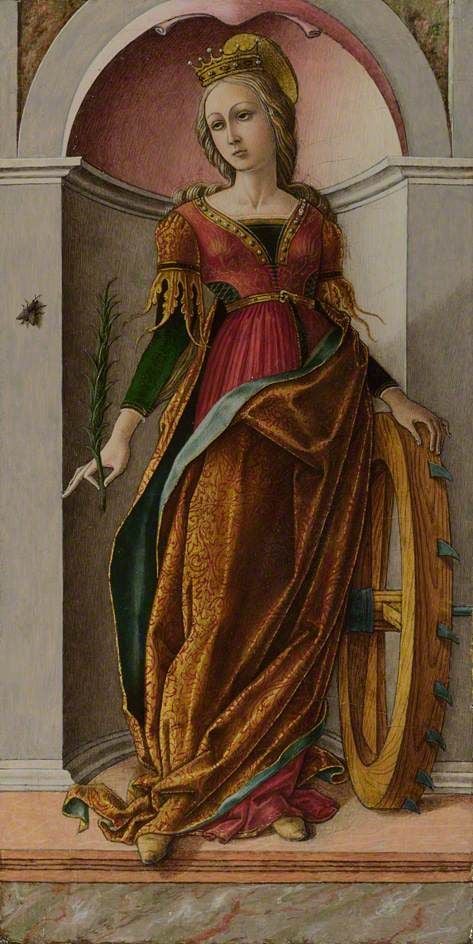
Carlo Crivelli, St Catherine of Alexandria (circa 1491–94). Collection of the National Gallery, London.
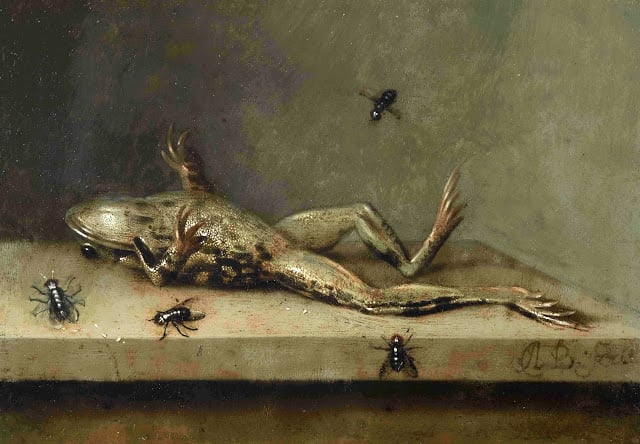
Ambrosius Bosschaert II, Dead Frog with Flies (1630).